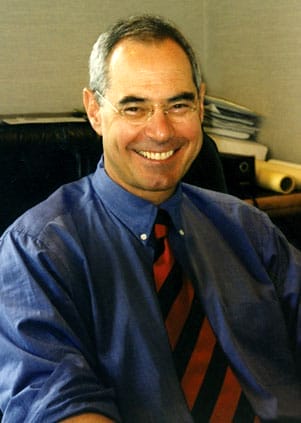 Times Square, so recently New York’s shame, is today its symbolic heart,” the New York Post wrote in 2004. And real-estate developer Jeffrey Katz deserves some of the credit.
Times Square, so recently New York’s shame, is today its symbolic heart,” the New York Post wrote in 2004. And real-estate developer Jeffrey Katz deserves some of the credit.
Katz learned an important lesson early in his career. As CEO and principal partner of Sherwood Equities, he bought some property in Greenwich Village when it was hot in the late 1970s. By the time his apartments went to market, the New York real estate was at the trough of a 1981–82 recession. He would not make the same timing mistake again. In his next project he invested in the East Side of Manhattan just when property there started to skyrocket. He targeted the area around the new Javits Convention Center when others thought the West Side, Hudson River location was too far away from too much.
Most influentially, he invested in Times Square—when it was at its seediest. Offices were leaving and the “Guys and Dolls” feeling of the area was fading. Katz felt the Pompidou Centre in Paris could be the model—create unique architecture and the area will prosper around you.
To do so, he remade One Times Square. It was a fitting move. The wedge-shaped tower built by the New York Times in 1904 gave the square its name and rivets the world’s attention when the ball drops each New Year’s Eve. When Sherwood Equities bought an interest in the building in 1996, it was hopelessly outdated. Instead of refurbishing, the partners marketed it as a tenantless sign tower at the crossroads of the square, wrapping it in the signature electronic and vinyl billboards known as “spectaculars.” Katz formed Sherwood Outdoor to manage the signs.
And even before Sherwood was remaking one icon, they were building another—Two Times Square, with seven spectacular signs of its own, a Renaissance Hotel, and 40,000 square feet of retail space. Katz’s privately held Sherwood Equities, Inc. now owns and manages more than $3 billion in properties, with kudos and awards for both innovative designs and the foresight to redevelop areas that others had written off.

























